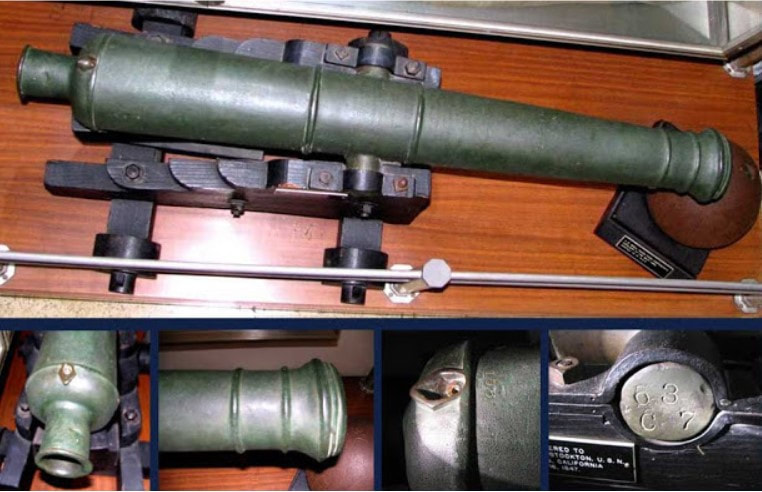The Battle of the Old Woman’s Gun started when the people of Pueblo Los Angeles heard that Captain Archibald Gillespie had been tyrannically ruling the pueblo. In response, he was subsequently ejected from his position. Because of this, he called for reinforcements to fight back. The reinforcements were daunting, being approximately 300 American marines who were commanded by Captain William Mervine. When the residents of the pueblo caught heed of this, they uncovered the Old Woman’s Gun. The Old Woman’s gun was a small piece of artillery that was initially fired in celebration of the Virgin Mary. It was buried by Ms. Reyes because she heard that the Americans were confiscating artillery. Ms. Reyes was around 57 at the time, an age considered to be quite old, hence the name Old Woman’s Gun. Gillespie told Mervine what was going on, and that they should bring supplies. However, Mervine disagreed and said they would find some on their way. When the American troops arrived, they were dehydrated and weary because they did not have any resources with them. Juan Antonio Carillo, who led 50-100 Mexican soldiers, finally arrived at Compton Creek on Oct. 9, 1846. The Mexican troops used guerrilla tactics and rode their horses around the field to make it seem like they had more people also making a huge dust storm. After the Americans lost this battle, they attacked again, and were more successful this time. Commodore Stockton led the American forces into a Mexican city and surrounded them. Thus, they forced Mexico to sign a treaty with the Americans giving Mexico 15 million dollars but losing 55% of their land. Which consists of Arizona, California, New Mexico, parts of Colorado, Nevada, and Utah. In conclusion, without the Old Woman's Gun, Mexico’s army would have lost more territory and land.
|
This is a representational canon of the Battle of the Old Woman’s Gun and is located in the US Naval Academy museum. It shows a weapon that helped Mexican troops win a battle called the Battle of the Old Woman’s Gun.
|
Juan Antonio Carrillo led the Californio troops in the Battle of the Old Woman’s Gun against the Americans.
|



